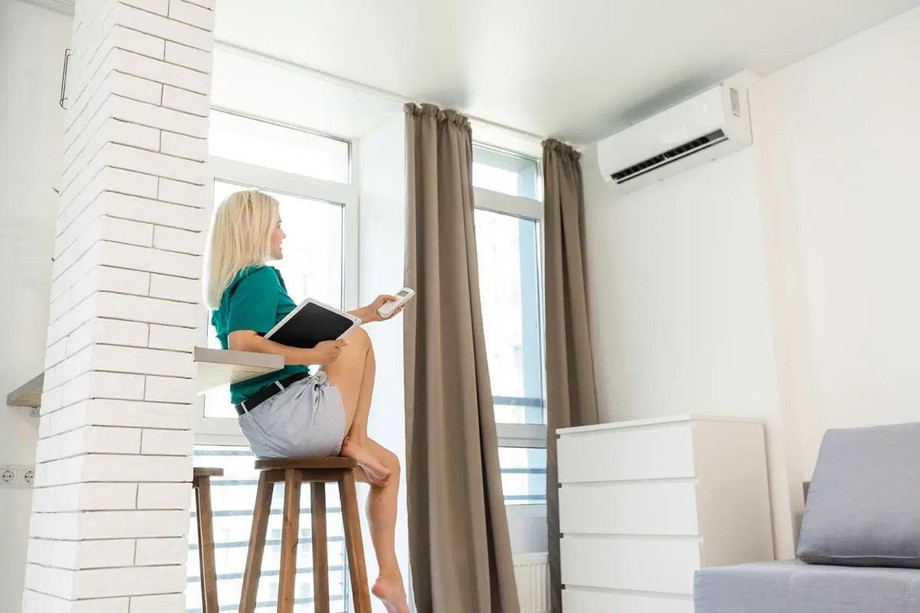Today’s ductless mini splits can heat and cool an entire house for year-round comfort. They’re also incredibly energy-efficient, which means they cost less to run than other common HVAC solutions. These systems are more popular than ever here in South Jersey. And, starting this year, there are more local rebates and federal incentives available for homeowners who install heat pumps, mini splits, and other high-efficiency heating or cooling systems in their homes.
Ductless mini-split systems offer a convenient way to heat and cool one room or area of your home. There are also multi-zone mini-split systems that can provide heating and cooling to multiple areas or potentially your entire home. Still, the fact that these systems are relatively new means that most homeowners aren’t really sure how they work.
Heat Transfer
The heat transfer process relies on the fact that heat, or thermal energy, naturally moves toward cold spaces. A mini split moves that heat using a very cold refrigerant liquid that absorbs heat in the air around it. Then, the refrigerant travels through the system via narrow piping to transport the heat from one place to another. The heat pump, or outdoor unit, regulates how much refrigerant moves to the indoor units, thereby controlling how much heating or cooling your home gets. And, it either moves heat into the house or removes it, depending on the season.
Air Handlers
The indoor unit is called an air handler. It includes a blower fan, evaporator coil, and air filter. It draws in the air from the room, heats or cools it, and then recirculates it. You can set the temperature on each one separately using a remote control. The air handlers are connected to the outdoor unit by a conduit which houses the power and refrigerant lines as well as the condensation drain.
How A Mini Split Heats A House
Mini splits heat a house by having the heat pump extract heat from outside air and transfer it indoors via the refrigerant line. The indoor unit then distributes the warm air through the room.
How A Mini Split Cools A House
In the summer, mini splits work in reverse by removing heat from indoor air and transferring it outside. The indoor unit absorbs warmth from the air and sends it to the outdoor unit through the refrigerant line. It also removes humidity from the air. The outdoor unit then releases the heat into the outside air. Then, the air handler redistributes the now-cool air in the room.
HOW DUCTLESS MINI-SPLITS PROVIDE HEATING AND COOLING
All mini-split systems use the principle of heat transfer to provide heating and cooling. Without getting too technical, these systems take advantage of the laws of thermodynamics to capture heat out of the air in one place and transfer it to another. Energy (and heat) naturally flows from a higher temperature area to a lower temperature area known as the heat sink.
In a mini-split system, the condenser/compressor unit or “heat pump” uses refrigerant liquid to capture heat from the air. When providing cooling, the condenser transfers extremely cold refrigerant to a series of coils located inside the air handler. As the air handler runs, it draws hot air into it from the room. This air flows through the cooled refrigerant coils, and this transfers the heat from the air to the refrigerant. As a result, the air flowing out of the system is far cooler than the air flowing into it.

